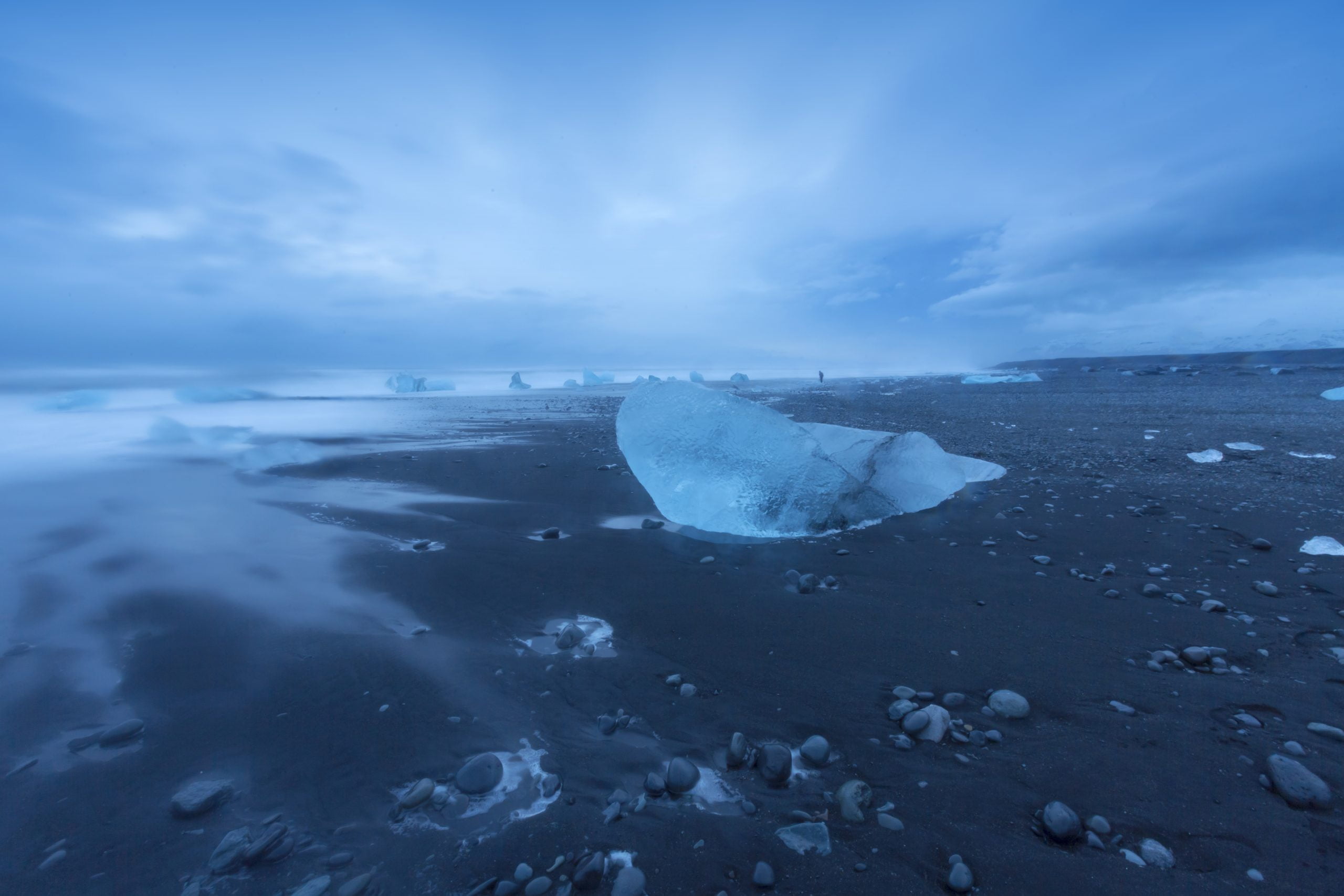Iceland is a land of fire and ice, with its volcanic landscape and stunning glaciers. It’s no wonder why this country has become one of the most popular tourist destinations in recent years. If you’re planning on visiting Iceland, here are some must-see natural wonders that you won’t want to miss.
Introduction to Iceland’s Natural Wonders
One of the first things you’ll notice when arriving in Iceland is the stunning scenery. From the rugged coastline to the snow-capped mountains, there’s something breathtaking around every corner. Some of the most iconic sights include the Blue Lagoon, which is a geothermal spa located just outside of Reykjavik. The lagoon is surrounded by black lava rocks and filled with warm, blue water that’s rich in minerals. Another must-see attraction is the Gullfoss Waterfall, which is located in southern Iceland. This massive waterfall cascades down into a canyon below and is truly a sight to behold.
Must-See Attractions in Iceland
In addition to these two attractions, there are many other natural wonders worth exploring in Iceland. One such wonder is the Northern Lights, also known as Aurora Borealis. These colorful lights dance across the sky during certain times of year and are an unforgettable experience for anyone who sees them. Another must-visit destination is Vatnajokull Glacier, which is the largest glacier in Europe. You can take a guided tour onto the glacier and explore its icy depths up close.
Exploring the Land of Fire and Ice: Tips for Traveling in Iceland
When traveling in Iceland, it’s important to be prepared for any type of weather. Even though the country is known for being cold, it’s not unusual to have sunny days mixed in with rainy or windy ones. Be sure to pack appropriate clothing, including layers that can be easily added or removed depending on the temperature. It’s also a good idea to bring hiking boots or shoes with good traction since many of the natural wonders require walking on uneven terrain.

Where to Stay in Iceland: Best Hotels, Hostels, and Guesthouses
There are plenty of accommodation options available throughout Iceland, ranging from luxury hotels to budget-friendly hostels. In Reykjavik, you’ll find a variety of hotel choices, including the famous Hotel Borg, which offers stunning views of the city and harbor. For those looking for more affordable options, check out the numerous guesthouses and hostels located throughout the capital. Many of these offer shared rooms and communal areas where guests can mingle and share their experiences.
Dining in Iceland: A Guide to Traditional Food and Restaurants
One thing you’ll quickly learn about Icelandic cuisine is that it’s heavily influenced by seafood. Popular dishes include smoked salmon, pickled herring, and fermented shark (yes, really!). For those who aren’t fans of fish, there are still plenty of delicious options available, including traditional meat stews and hearty soups. When it comes to restaurants, there are countless options to choose from in Reykjavik alone. Some popular spots include Dill Restaurant, which serves modern Nordic cuisine, and Fish Company, which specializes in – you guessed it – seafood.
Budgeting Your Trip to Iceland: Costs and Money Saving Tips
While Iceland may not be the cheapest destination, there are ways to save money while still enjoying all that the country has to offer. One way to do this is by booking your flights and accommodations well in advance, as last-minute prices tend to be higher. Additionally, consider renting a car instead of taking taxis or public transportation, as this will give you more flexibility to explore at your own pace. Finally, be mindful of hidden fees like airport taxes and currency exchange rates, as these can add up quickly if you’re not careful.